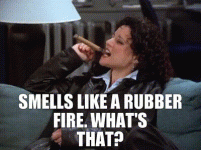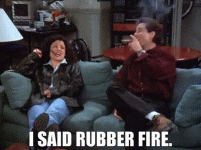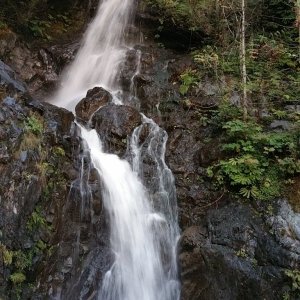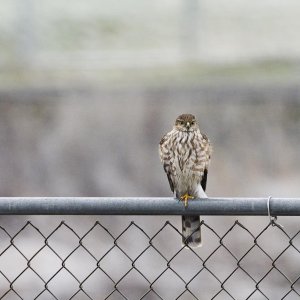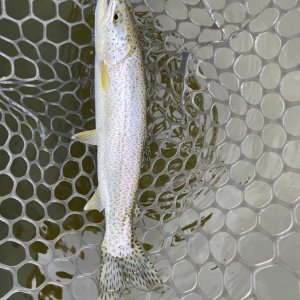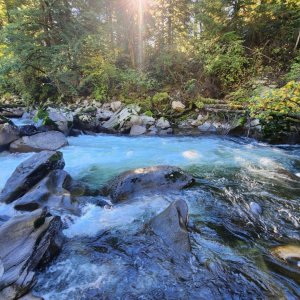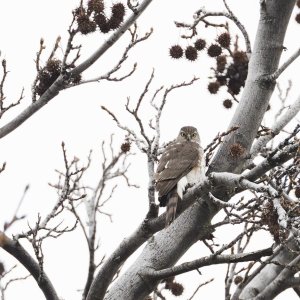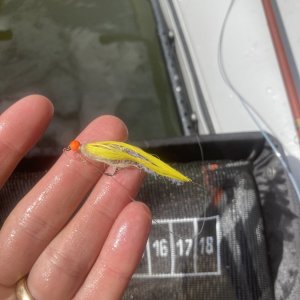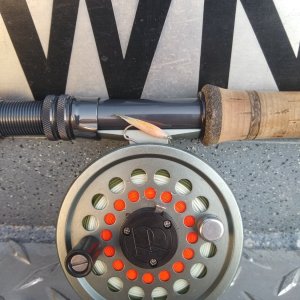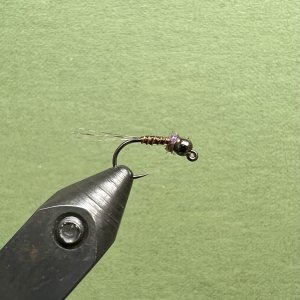You are using an out of date browser. It may not display this or other websites correctly.
You should upgrade or use an alternative browser.
You should upgrade or use an alternative browser.
Tire chemicals and coho
- Thread starter Stonedfish
- Start date
back in pre wetsuit NorCal surfing days, we always had a fire going on the beach...whenever someone rolled an old tire up for the fire we knew two things were gonna happen...we'd get toasty very shortly and the fire department would arrive soon after, responding to complaints of noxious black smoke streaming towards someones beach house...so firemen would bury the tire in sand, warn us to knock it off and depart..at which point we'd unbury the tire which would start burning again shortly, cause once going tires are almost impossible to put out.Nothing a good fire cant take care of!
"On Oct. 31, 1983, residents of the farming community of Mountain Falls, Va., awoke to a mushroom cloud of black smoke expanding into an otherwise cloudless sky. The 300-foot-wide plume rose 4,500 feet from the floor of their valley nestled between autumn-colored ridges of the Appalachian Mountains. Some wondered whether it was an early Halloween prank gone wrong, or whether the Russians had dropped the bomb.
It was Paul and Alma Rhinehart’s tire pile. On fire.
Estimates are that the Rhinehart tire-recycling operation had handled as many as 25 million tires in the decade leading up to the fire. The enterprise sold most of the tires for retreading and for ship docking bumpers, floor mats, shoe soles, and other uses. But some 7 million tires that were in too poor condition for resale had accumulated in a pile reaching 80 feet high and strewn across some 5 acres of wooded slopes on the Rhinehart farm. Paul had a plan for these tires—to melt them down to recover and sell crude oil and scrap metal. But the fire got to the tires first.
The Rhinehart tire fire ended up burning for nine months, in the process generating a plume of toxic smoke that spread across four states and a stream of thousands of gallons of crude oil from melting tires that was contained in the nick of time. The environmental disaster created by the tire fire took more than 20 years and nearly $12 million to clean up.
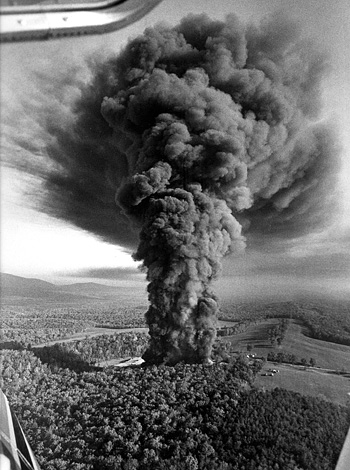
TIRE INFERNO
A towering cloud of smoke rises from the Rhinehart tire fire in rural Virginia on Oct. 31, 1983.
Credit: Scott Mason/Winchester Star/AP
I don't know how much sway USTMA have but it looks like some of the big manufacturers are members. Ultimately to show how safe an alternative is going to be they would have to test it on fish right? How likely is that going to happen?...
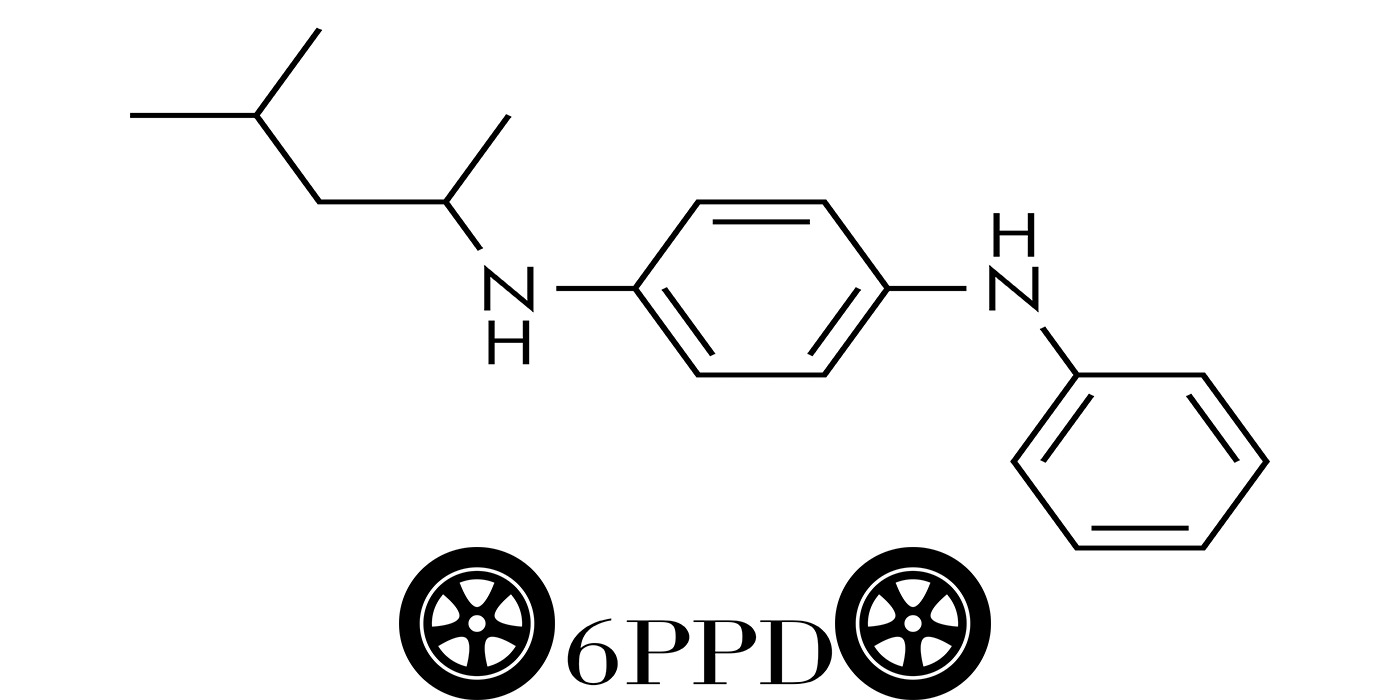
 www.tirereview.com
www.tirereview.com

USTMA Consortium Analyzes 6PPD Alternatives in Tires
The USTMA mobilized a consortium of 16 tire manufacturers to conduct an alternatives analysis for 6PPD in tires.
FinLuver
Native Oregonian…1846
Most likely, they extrapolateI don't know how much sway USTMA have but it looks like some of the big manufacturers are members. Ultimately to show how safe an alternative is going to be they would have to test it on fish right? How likely is that going to happen?...

USTMA Consortium Analyzes 6PPD Alternatives in Tires
The USTMA mobilized a consortium of 16 tire manufacturers to conduct an alternatives analysis for 6PPD in tires.www.tirereview.com
Flymph
Steelhead
Please consider running for political office.Seems pretty obvious that something like tires should definitely be made from only non toxic chemicals. But basic common sense never really seems to overcome doing whatever is most profitable, and making sure you do some toxicology tests on your chemicals is certainly not profitable at all.
Yes. According to recent studies, 50% of the steelhead coming from Lake Washington die before hitting the Ballard locks. It appears to be runoff from the bridges—chiefly tire stuff.I did have one question regarding this.
This chemical seems to really affect coho. Does it also affect other species such as chums?
Thanks for any input folks can provide.
SF
Please consider running for political office.
Is this a test of basic common sense?
Seems like coho are small creek spanners. Small creek take the brunt of urban runoff.I did have one question regarding this.
This chemical seems to really affect coho. Does it also affect other species such as chums?
Thanks for any input folks can provide.
SF
Zak
Legend
New lawsuit:
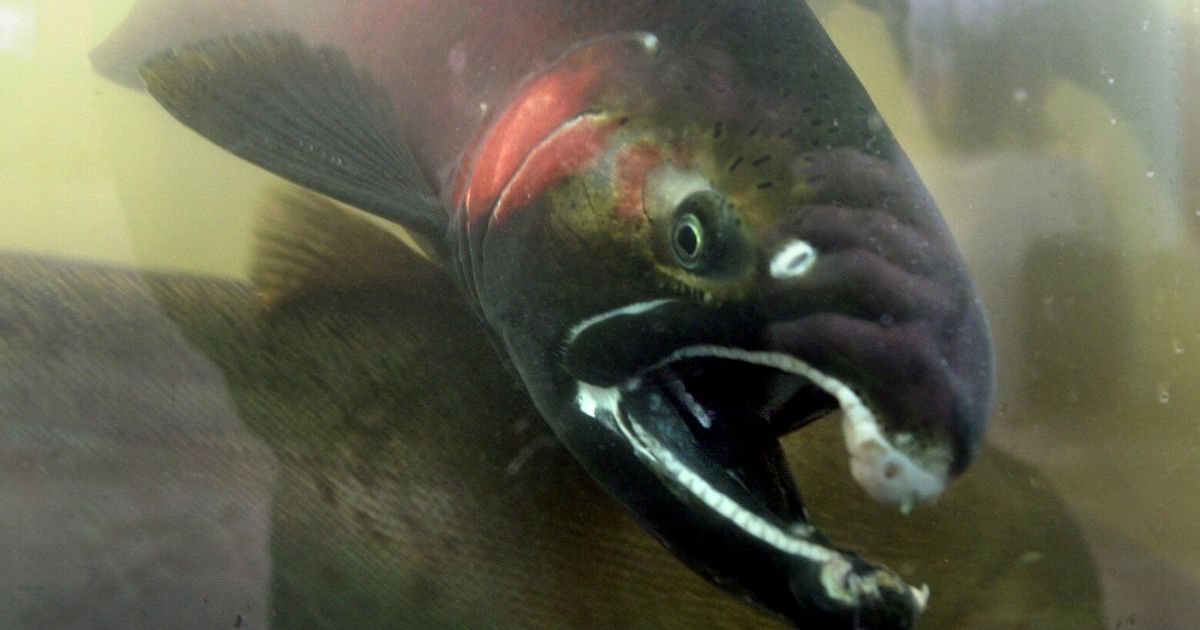
 www.seattletimes.com
www.seattletimes.com

Fishing groups sue tire makers over toxic chemical that kills salmon
A chemical known as 6PPD-quinone helps care tires last longer, but when it gets into stormwater runoff, it is lethal to coho and other salmon.
bay area friend spent decades as a hydrologist working at a major urban planning firm...time and time again they found the primary polluter to streams, rivers and lakes within their planning zone to be rain and irrigation transporting fertilizer and pesticide chemicals from the local golf courses into the waterways.
There are plenty of such reports from around the country:
"17 studies of 36 golf courses on the east and west coasts found some number of 136 pesticides, metabolites, and solvents within the over 17,000 tested water samples."
There are plenty of such reports from around the country:
"17 studies of 36 golf courses on the east and west coasts found some number of 136 pesticides, metabolites, and solvents within the over 17,000 tested water samples."
Late to this thread, but wondering if the science has looked at impacts to our other anadromous friends, e.g., Searun Coastal Cutthroat and Dolly Varden? Having recently relocated (again) to Juneau, AK after a 20 year stint in Washington, I was dismayed at how many of my previous reliable local venues for chasing Searuns and DV are not what they used to be.
Native Silver and Steelhead runs are severely depleted here as well... Keen to know more, especially about effective mitigation methods, (If these exist?)
Thanks
Steve Cole
Native Silver and Steelhead runs are severely depleted here as well... Keen to know more, especially about effective mitigation methods, (If these exist?)
Thanks
Steve Cole
My casa has a "swale" before arriving at the main road at the end of the driveway (500 feet, on a flag lot). Also the local station has picked this up; https://www.kgw.com/article/news/na...-ban/507-4d3fcbae-bffd-42d5-b2be-fb96375f3813
Bass-O-Matic
Life of the Party
In a conversation 4-6 years ago with the owner of the Battenkill Lodge (NY) he said "there's no bugs Steve, NO bugs". He went on to claim it was the same thing that's harming our coho. He's been there his entire life so he has perspective. No particular science was shared but if the stuff can wreck a fish one would think other species could be vulnerable. Leaves me wondering what else is going on that we are not aware of?
Same thing with Sea Lions and Steller Lions. Marine Mammals up a freshwater river at 147 miles eating ESA salmon and steelhead. The Sea Lions just about wiped out the Willamette River steelhead, while the Steller Sea Lions fed on sturgeon. The only way to change that protection was to change the NOAA via Congress. Human Law upsetting this by protecting the overpopulated pinnipeds. Herschal all over again. Trump finally signed the paperwork to stop this. I had a meeting with one Congressman in Oregon that helped. That guy and gal in Washington was voted out.
Last edited:
I every stake holder owns a piece of the issue......and still the white man bitches about natives using nets.
Rob Allen
Life of the Party
Two things aren't going to happen quickly
1. People aren't going to stop driving neat coho streams, even those that care about this issue.
2. Tire companies aren't going to change their compounds.
One thing we could do and it could happen quickly?
We could clean our streets thoroughly and often during the August- November time frame maybe also filter/ treat runoff?
Maybe we could lower the concentrations of the toxic compounds enough to make a difference in the short term while we look for long term solutions.
1. People aren't going to stop driving neat coho streams, even those that care about this issue.
2. Tire companies aren't going to change their compounds.
One thing we could do and it could happen quickly?
We could clean our streets thoroughly and often during the August- November time frame maybe also filter/ treat runoff?
Maybe we could lower the concentrations of the toxic compounds enough to make a difference in the short term while we look for long term solutions.
Rob Allen
Life of the Party
You cannot claim to care about the future of salmon and steelhead and continue to put a gillnet in the water no matter what your skin pigmentation is. The two things are incongruous.I every stake holder owns a piece of the issue.

